On the morning of October 15, General Secretary To Lam chaired a meeting of the Standing Committee of the Central Steering Committee on science and technology development, innovation and digital transformation.
Comrades: Tran Thanh Man, Politburo member, Chairman of the National Assembly; Tran Cam Tu, Politburo member, Standing member of the Secretariat; and members of the Standing Steering Committee attended the meeting.
Attending and chairing from the Ho Chi Minh City bridge point was comrade Tran Thi Dieu Thuy, Vice Chairwoman of the Ho Chi Minh City People's Committee, Deputy Standing Committee of the Steering Committee of the Ho Chi Minh City People's Committee on science and technology development, innovation and digital transformation.
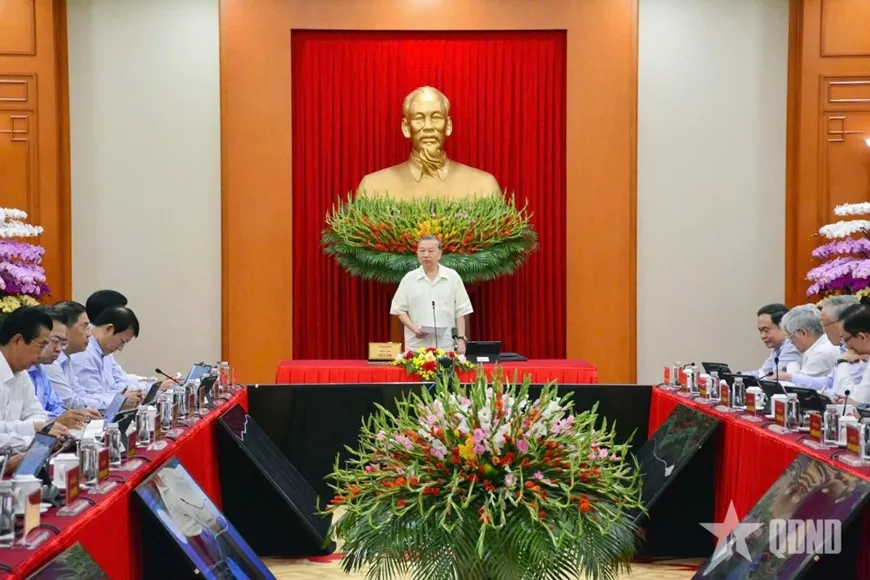
"Action in response to people's impatience"
Speaking at the opening of the conference, General Secretary To Lam emphasized that the meeting focused on evaluating the results of the 9-month implementation of Resolution 57 of the Politburo, in the context of the 13th Central Conference having just established a viewpoint on transforming the country's development model.
According to the General Secretary, the country cannot develop normally but must accelerate and make breakthroughs, in which science and technology are both the driving force and the field that must make breakthroughs. Therefore, the meeting is not only for periodic review, but must create a high level of unity in perception and action. “This is a conference of action, action to turn the spirit of the Central Committee into practical results. Action to respond to the impatience of the people and the urgent development requirements of the country,” the General Secretary pointed out.
The General Secretary noted that after 9 months, Resolution 57 has truly come into life, contributing to improving the effectiveness of national governance, promoting socio-economic development, ensuring social security, national defense, security and strengthening the trust of businesses, people and scientists at home and abroad.
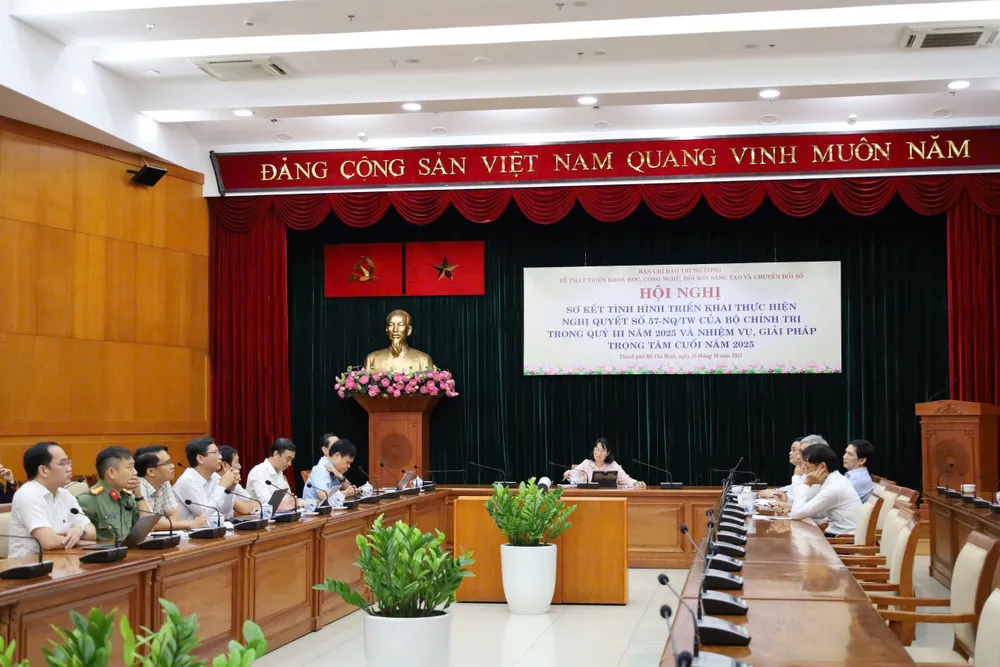
However, he also pointed out that there is still much to do, many bottlenecks that need to be resolved to make a stronger breakthrough. Looking at the world, we are very impatient, countries are moving very fast. "We must see this as a competition, a race. Know what the world is doing and what we must do," the General Secretary emphasized.
General Secretary To Lam cited experiences in applying artificial intelligence (AI) in many countries, and pointed out that, compared with the world's progress, "we still have a very long way to go."
The General Secretary also shared that the two recent "tests", from natural disasters to cyberspace, have clearly exposed gaps in governance, forecasting and response capacity. The historic flood after storm No. 11 not only caused heavy damage to people and property, but also exposed many limitations in the operating and emergency response systems. From there, he raised the question of whether science and technology, innovation and digital transformation have truly become "shields" to protect people, or have they just stopped at plans on paper, fragmented systems, lack of connectivity and not enough capacity to warn and respond when disasters occur? The General Secretary requested the Steering Committee to act with the highest determination, going straight to the limitations and weaknesses, not avoiding them.
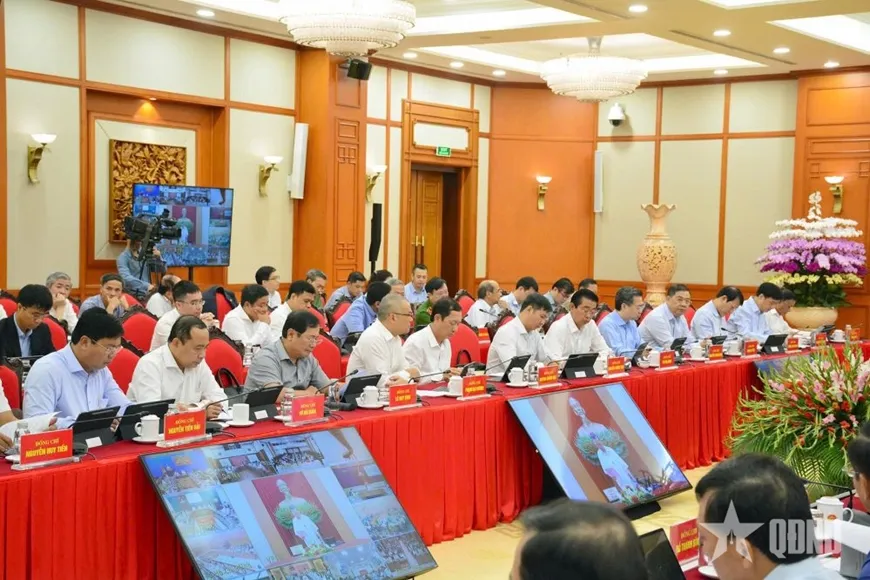
Regarding the progress of tasks, General Secretary To Lam noted that the tasks for 2025 must be resolutely carried out and not be postponed. In particular, the cause of the situation of "hot above, cold below" must be clarified despite the open institutions and political determination. The report shows that there are still 90 overdue tasks, the progress of building specialized national databases is still slow, and the quality of online public services is uneven.
There is no shortage of talented people, but there is a shortage of chief engineers.
When referring to the innovation ecosystem, the General Secretary warned of the risk of Vietnam becoming a “processing factory” if the “three-party” (State – school – enterprise) linkage remains only a formality. Enterprises are not really the center, domestic research is almost unwilling to develop. This is the “lowland”, the biggest bottleneck hindering the realization of the goal of strategic autonomy.
Thereby, the General Secretary raised the issue of having a breakthrough mechanism so that the State can demonstrate its role in creating and placing orders, enterprises can become the center, and the knowledge of institutes and schools can be transformed into economic strength with 'Make in Vietnam' products competing fairly in the market.
Regarding talent, the General Secretary said that Vietnam "does not lack talented people but lacks chief engineers", and emphasized the need for outstanding policies to "roll out the red carpet", gather and empower domestic and foreign talent.
Regarding strategic technology, the General Secretary analyzed that although there are 11 technologies, the implementation is still slow, requiring a comprehensive plan and clear division of labor. He also acknowledged that private enterprises have boldly invested, connected, and used talents in recent times, while emphasizing that the State cannot stand outside of enterprises but must understand, support, assign tasks, and guide development.
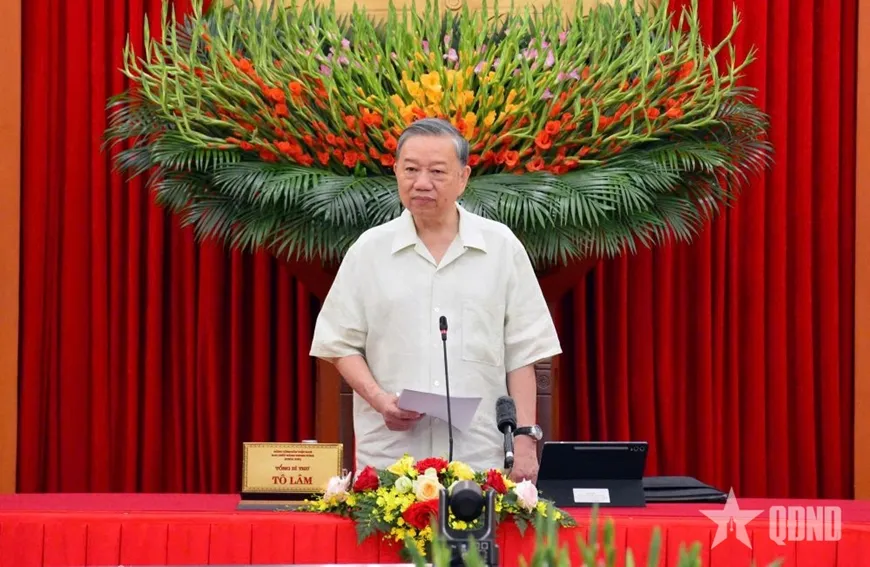
General Secretary To Lam asked delegates to evaluate the exploitation and mastery of new development spaces. The Steering Committee will focus on leadership and direction to quickly form new development spaces, creating momentum for digital growth and innovation.
Source: https://www.sggp.org.vn/khoa-hoc-cong-nghe-va-chuyen-doi-so-da-thanh-la-chan-bao-ve-nguoi-dan-hay-ke-hoach-tren-giay-post818166.html



![[Photo] Conference of the Government Party Committee Standing Committee and the National Assembly Party Committee Standing Committee on the 10th Session, 15th National Assembly](https://vphoto.vietnam.vn/thumb/1200x675/vietnam/resource/IMAGE/2025/10/15/1760543205375_dsc-7128-jpg.webp)
![[Photo] General Secretary To Lam attends the 18th Hanoi Party Congress, term 2025-2030](https://vphoto.vietnam.vn/thumb/1200x675/vietnam/resource/IMAGE/2025/10/16/1760581023342_cover-0367-jpg.webp)





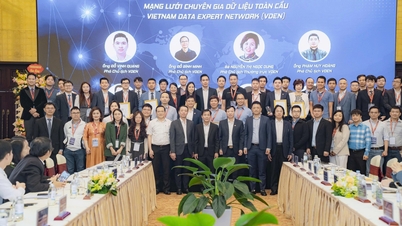

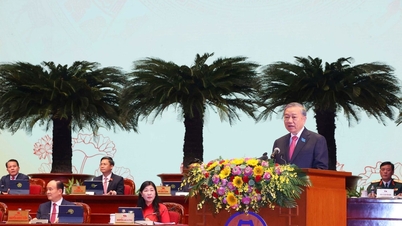

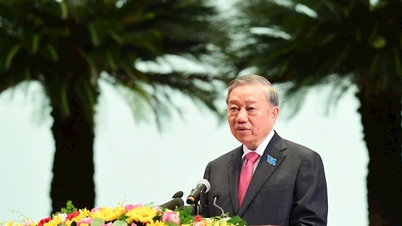
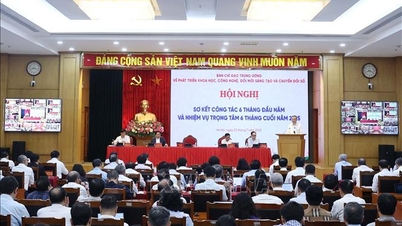

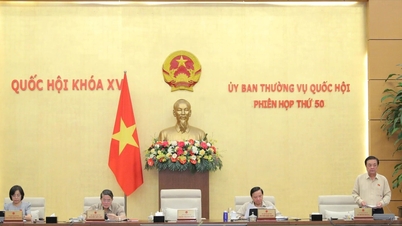
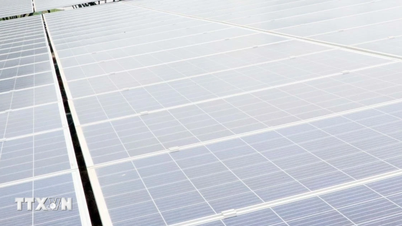

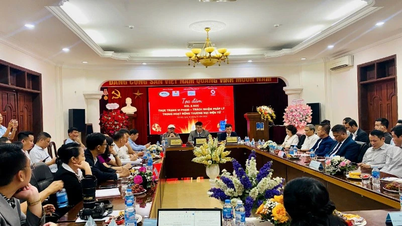

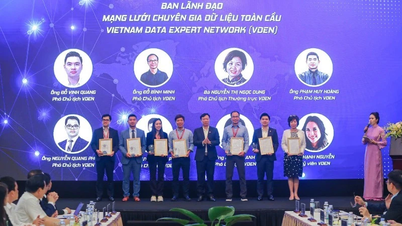









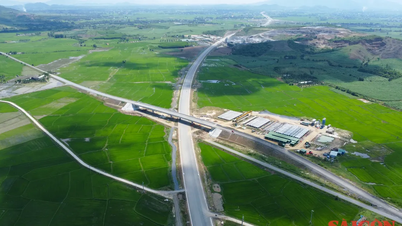
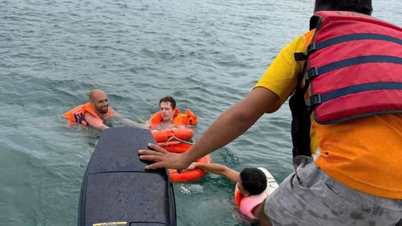

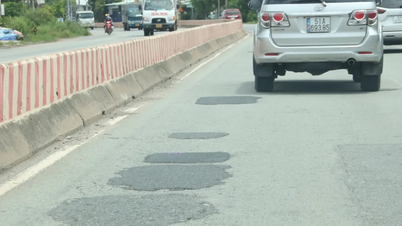
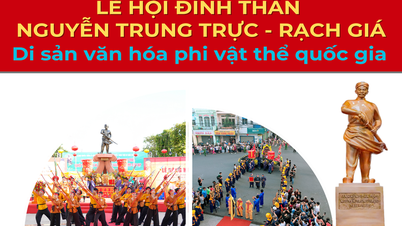

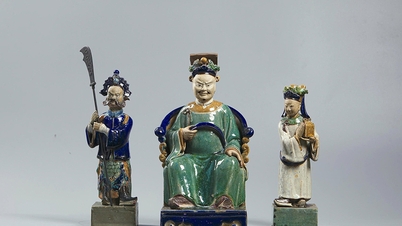



![[Video] TripAdvisor honors many famous attractions of Ninh Binh](https://vphoto.vietnam.vn/thumb/402x226/vietnam/resource/IMAGE/2025/10/16/1760574721908_vinh-danh-ninh-binh-7368-jpg.webp)

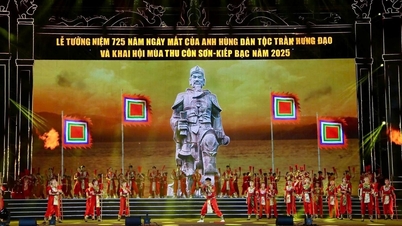

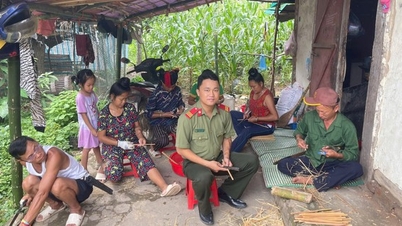

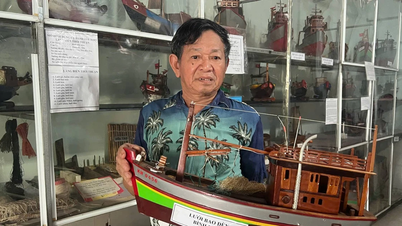




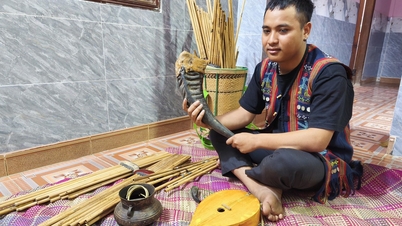
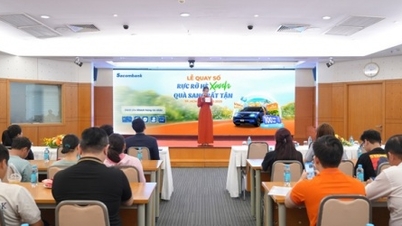



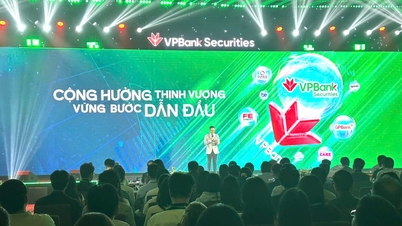


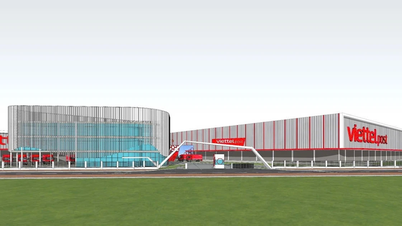
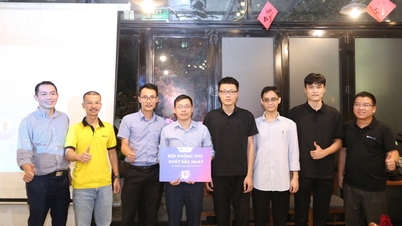








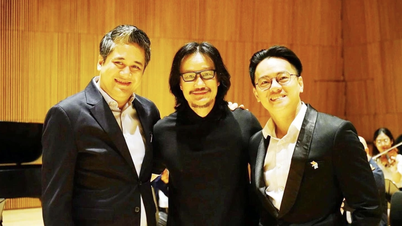
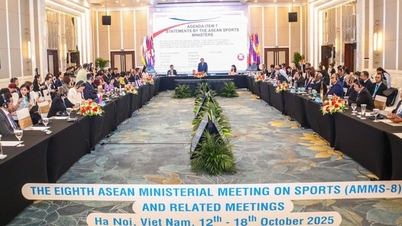

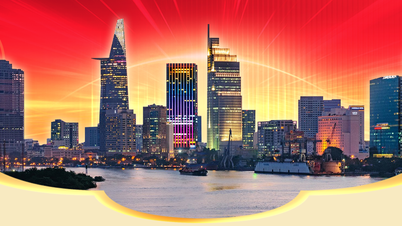

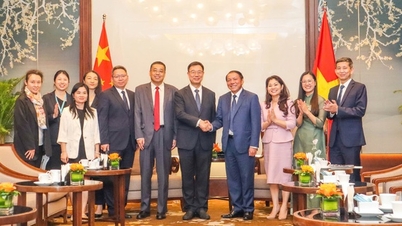
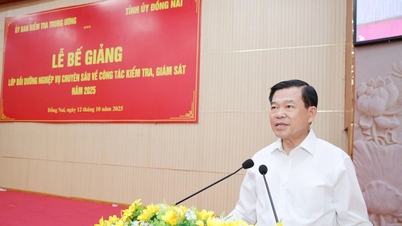

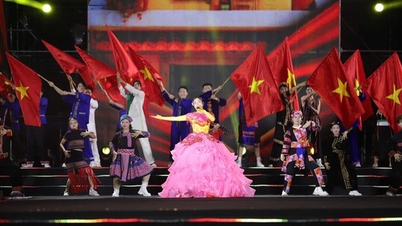

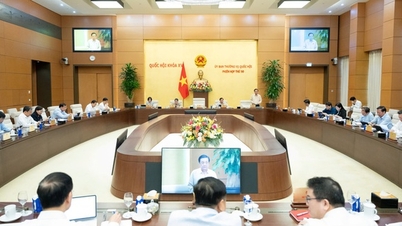
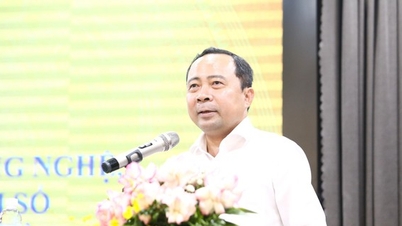

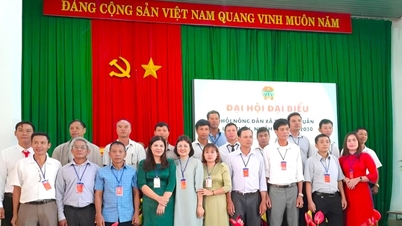

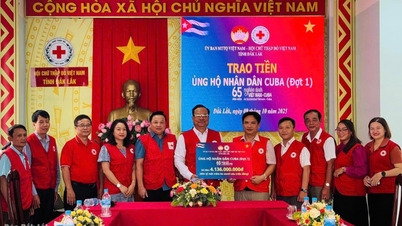

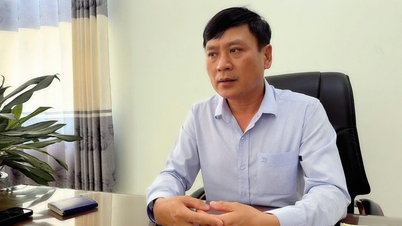














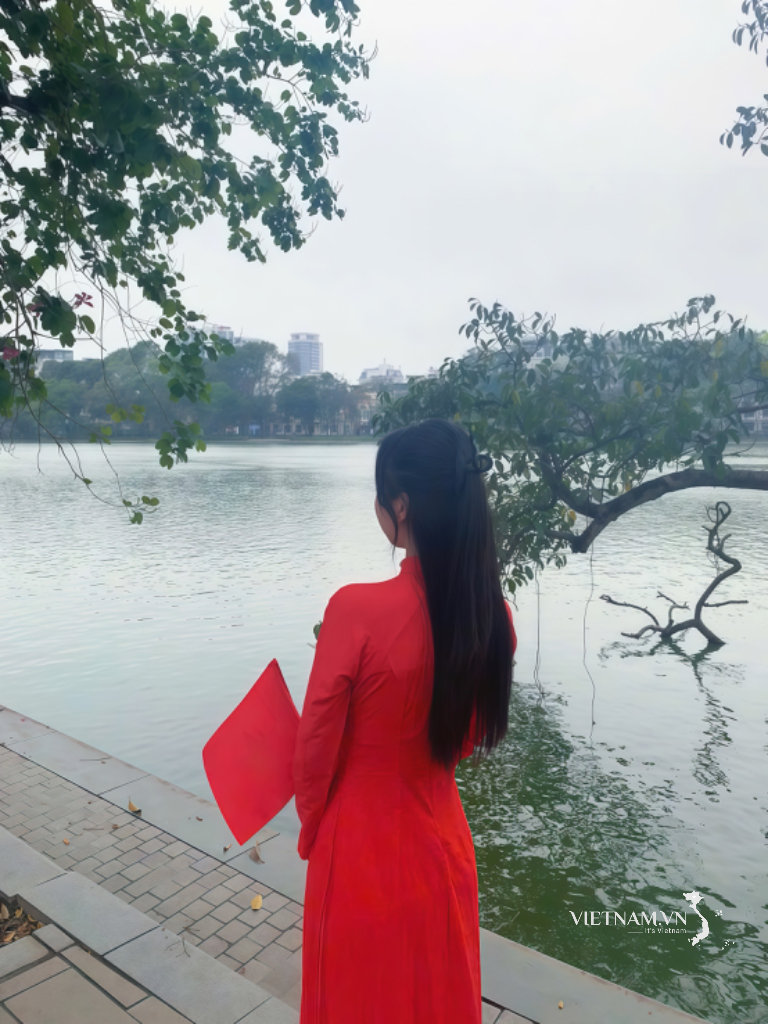



Comment (0)